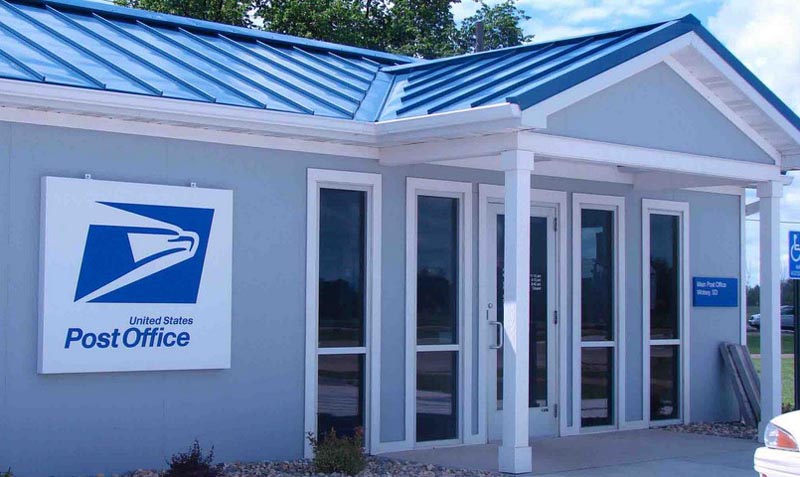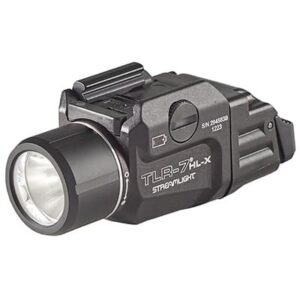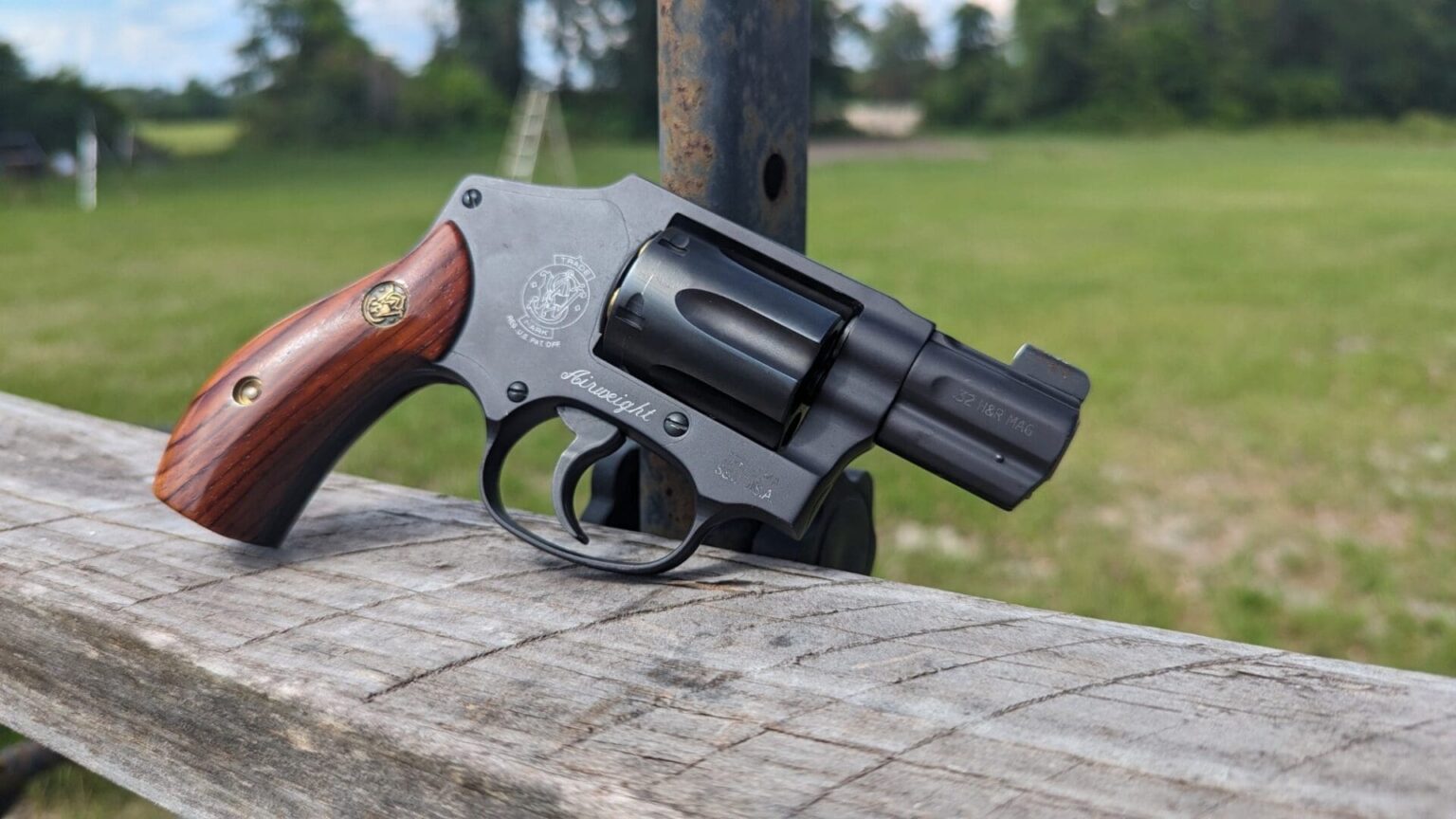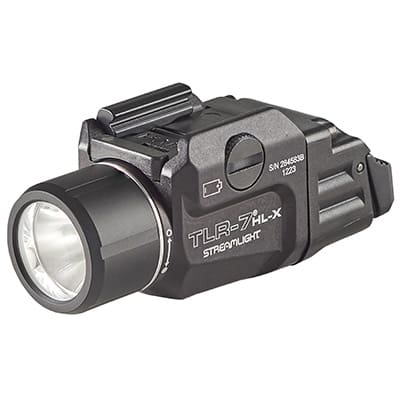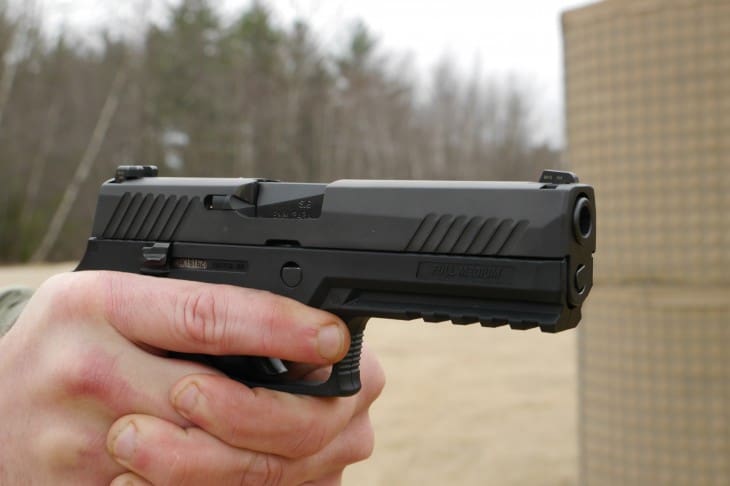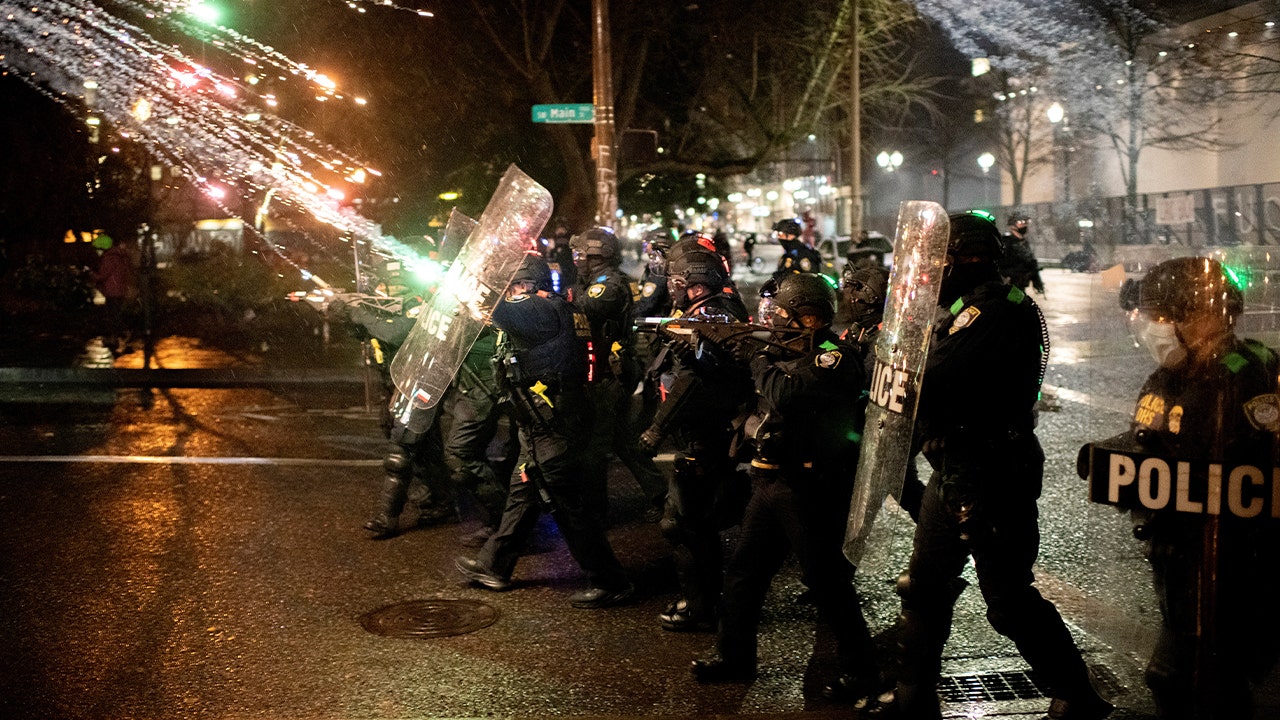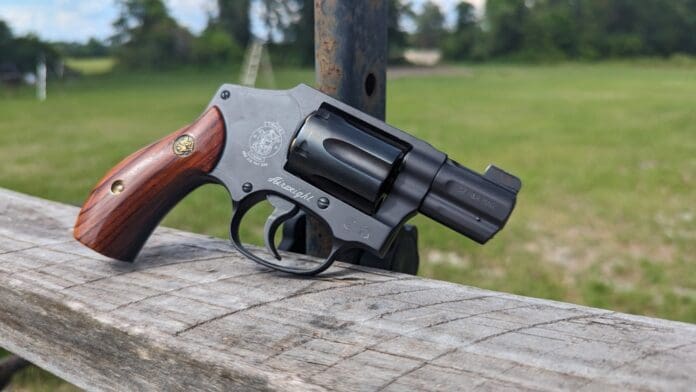
Smith & Wesson and various .32 caliber revolvers date back to 1865 and the advent of rimfire cartridges. In 1878, the company created the .32 S&W, a centerfire micro-sized .32 caliber round. Guns like the S&W 1 and a Half chambered the little cartridge, as did the famed Lemon Squeezers, the Model 3, and more. The S&W 432 PD can easily trace its lineage back to 1878 through the evolution of various .32 caliber revolver cartridges.
The .32 S&W became the .32 S&W long. The little .32 S&W Long is a personal favorite of mine, and I have a number of small I-frame revolvers. S&W produced several J-frame revolvers in .32 S&W Long, including the famed Model 30. In 1984, H&R decided that the .32 S&W Long was pretty good, too, but it could be better. Like a ton of revolver cartridges, H&R created a magnum cartridge based on an established round.
The .32 S&W Long moved a 90-grain projectile at a leisurely 750 feet per second. The .32 H&R Magnum amped the cartridge up quite a bit. The .32 H&R features a diverse group of loadings, including Buffalo Bore 100-grain loads that move at 1,300 feet per second. Other more tame options add about 200 feet per second onto the 90-grain projectiles. The .32 H&R Magnum cartridge was designed for micro-sized revolvers. The round wasn’t a huge success, but both the .32 S&W Long and .32 H&R Magnum are still produced.
The S&W 432 and the .32 H&R Magnum
S&W produced a few .32 H&R Magnums. This was mostly kept to the J-Frame series. They had the titanium/scandium 332, the 632 stainless guns and, of course, the classic 432 we have here. It’s worth mentioning they also produced a K-Frame called the S&W Model 16-4 in .32 H&R Magnum. The varied x32 series guns have come and gone in what seems to be fairly limited production, which gives us the check mark to the obscure box.
The S&W 432 PD series hit the market in the early 2000s. There were only a few sources online in the early 2000s and it appears the first news of the 432 PD appeared in 2005. The S&W 432 PD model is a J-Frame design with a matte black finish and really beautiful wood grips. On top sits a big XS front sight. This was an airweight design and at 13.1 ounces, it’s quite light.
When you pop the cylinder open, you’re greeted by six chambers hungry for whatever .32 caliber cartridge you want to dispense. That’s right, six, not five. One of the many benefits of going with the .32 H&R Magnum. The hammer is hidden under a hump for maximum concealment and a snag-free draw.
As was typical of the era, the Hillary hole is on full display and immediately takes away some of the classic stylings of this snub nose. It’s not hard to turn your nose up at the gun and this feature, but luckily, with the latest incarnation of the 432, the hole is gone. That new 432 UC made the market drop out on the older 432s. I picked this one up for 300ish dollars, making it a must-grab.
But Why is the 432 PD Desirable?
The real answer to this question comes down to range time. I hate shooting small .38 Specials. I can’t shoot them quickly, and I certainly can’t shoot them very accurately. I love shooting shotguns, so I’m not recoil-adverse. I just think the .38 Special belongs in guns with 3-inch barrels and longer. In snub noses, it’s just a bit silly to deal with all that recoil and not get much ballistic benefit.
Sure, I can hit the bad guy as long as the bad guy is a paper target. For combat and self-defense, I want something I can very easily hit the bad guy with repeatedly. The .32 H&R Magnum delivers just that. In an Airweight gun, the recoil is minimal. My current load is a Federal 85-grain JHP, and it handles very nicely. Even with one hand, the recoil is minimal. The grips on this thing are super smooth, and it still doesn’t make the gun tough to shoot.
The 432 PD never feels like it’s fighting to get away from me. I shot a Bill Drill, which is six rounds from concealment, into an IPSC-sized A-zone. I can do that in nearly two seconds flat with the 432 PD, and every round lands in a group no larger than my palm. I can’t get that performance from a .38 Special snub nose.
If I step back to 25 yards, I will land accurate shots on an IPSC-sized target in 1.5 seconds from the low-ready. When I load the gun with .32 S&W Long cartridges, it handles like a rimfire gun, and it would be a great tool for new revolver shooters. It’s just fun to shoot. I don’t get tired of shooting it, and my hand doesn’t feel like it got a good high five with every shot fired. I’ve never said that about any other Airweight.
But It’s a .32!
Yep, it’s a.32, but that doesn’t mean 432 PD is not capable. The cartridge meets penetration standards from short barrels with all of its current loadings. It even expands with JHPs somewhat decently. It’s the American curse to assume that handgun projectile size makes much of a difference in terms of man-stopping capability. The difference in projectile between a.38 Special and a .32 H&R Magnum is .045 of an inch.
I’d much rather be capable of rapid and accurate fire with six rounds than deal with the five rounds of .38 Special and the effects of its increased recoil. From a short barrel, I don’t find the ballistic effects of the .38 Special impressive in terms of expansion and penetration. It will certainly penetrate, and with the right round, it expands, but not in an impressive way.
The .327 Federal Magnum is another .32. Shooting a .327 Federal Magnum from an Airweight gun isn’t fun, and it’s another cartridge I’d stick to in guns with at least 3-inch barrels.
To me, the 432 PD is the perfect J-frame, and the .32 H&R Magnum is perfect for pocket revolvers. It took this cartridge to convince me that the perfect pocket pistol isn’t necessarily an automatic, but rather a revolver in the right cartridge.
Read the full article here

